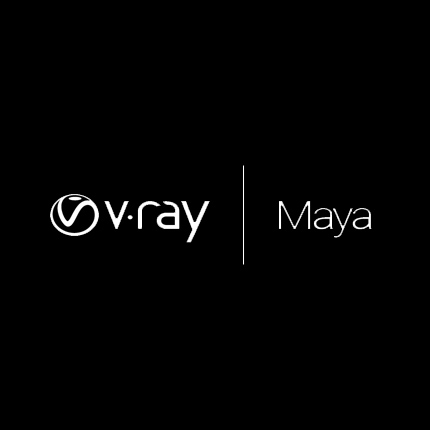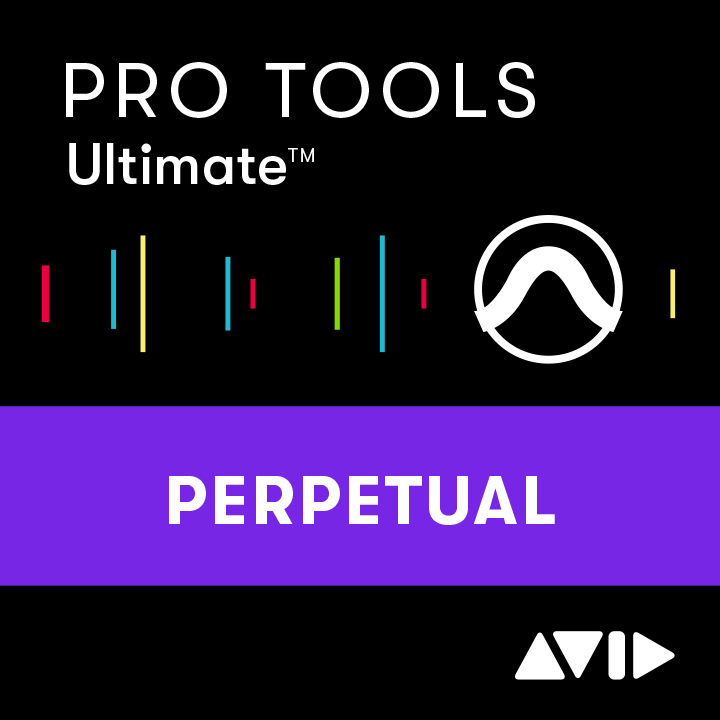

Most annual licenses are provided on a subscription basis. With an annual license, if the user wishes to continue to use the product the following year, then they must pay for a second year of licensing, and so on. Annual licenses fall into the category of subscription licenses, where you can get a monthly or an annual subscription for a product or service.

Unlike the perpetual license that allows the customer to use the product until obsolescence, an annual license only provides permission to access a software package for one year (you can think of this as “renting” software).


Since 2013, Microsoft has released two new versions, Office 2016 in 2015 and Office 2019 in 2018. Mainstream support for the product was provided until 2018, and the extended maintenance program ends in 2023. Office 2013 was released on January 29th, 2013. The cost of maintenance may be included in the original price or there may be annual maintenance fees.Īs the developer, to earn more money from current clients, you are obliged to produce a new version of the software.Īn example of this is Microsoft Office. The updates will focus on security and keeping the product compatible as hardware and operating systems are upgraded over time. Usually, the developer will maintain the product with minor updates. The developer sells their product for a one-time fee, which allows the purchaser to use the product indefinitely. A perpetual license is the simple, classic way to sell software.


 0 kommentar(er)
0 kommentar(er)
